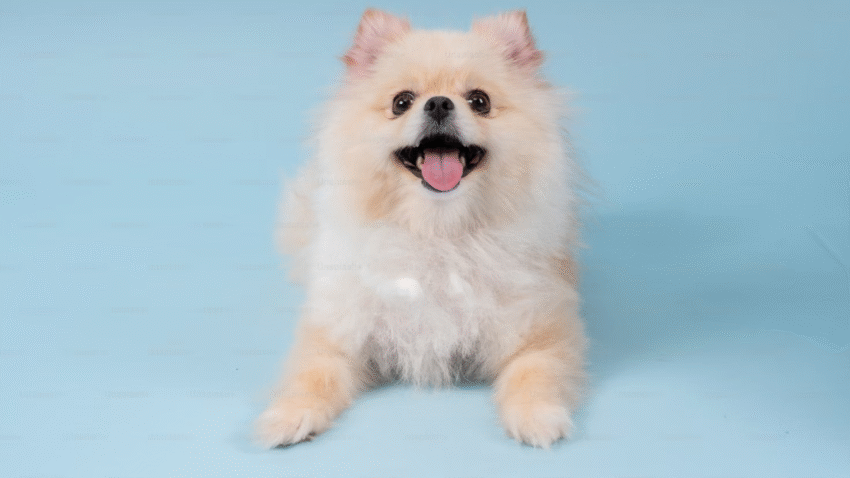Introduction
Is your dog constantly pulling on the leash during walks, turning what should be a relaxing stroll into a frustrating tug-of-war? You’re not alone—many dog owners struggle with leash pulling. In this step-by-step guide, you’ll learn how to leash train a dog that pulls using positive reinforcement, patience, and practical strategies. Whether you’re working with a high-energy puppy or a strong adult dog, these proven techniques will help you regain control and enjoy peaceful walks together.
Why Leash Training Matters for Dogs
Leash training isn’t just about making walks more enjoyable for you; it’s also essential for your dog’s safety and overall behavior. Here’s why it matters:
- Safety: A dog that pulls can dart into traffic or yank you off balance.
- Comfort: Reduces strain on both you and your dog’s body.
- Better Behavior: Builds impulse control and reinforces your leadership.
- Bonding: Calm, connected walks improve your relationship.
By teaching your dog to walk politely on a leash, you create a safer and more enjoyable experience for both of you.
Step-by-Step Guide to Leash Training a Pulling Dog
Step 1: Choose the Right Gear
Use equipment that helps discourage pulling without causing pain:
- Front-clip harness: Redirects pulling without choking.
- Head halter: Offers control for strong pullers.
- Standard 4–6 foot leash: Avoid retractable leashes during training.
Avoid choke chains or prong collars, which can cause fear or injury.
Step 2: Train in a Low-Distraction Area
Start indoors or in a quiet yard:
- Practice short walks in straight lines.
- Reward your dog for walking beside you without pulling.
- Use high-value treats to keep their focus.
Step 3: Use the “Stop and Go” Method
When your dog starts pulling:
- Stop walking immediately.
- Wait until the leash loosens (they stop pulling).
- Then move forward.
- Repeat every time they pull.
Consistency teaches them that pulling = no progress.
Step 4: Teach a “Let’s Go” or “Heel” Cue
- Use a cheerful cue like “Let’s go!” to signal movement.
- Reward your dog when they stay by your side.
- Practice walking a few steps at a time, then reward.
Step 5: Change Direction Often
- Randomly turn around or change direction.
- It keeps your dog focused on you.
- Praise and reward when they follow without pulling.
Step 6: Reward Loose-Leash Walking
- Mark the moment your dog walks nicely (using a clicker or a “Yes!”).
- Reward quickly with a treat or praise.
- Over time, space out the rewards to encourage consistency.
Step 7: Increase Difficulty Gradually
Once your dog improves:
- Add distractions slowly (other people, dogs, smells).
- Practice in parks, sidewalks, and other public areas.
- Keep sessions short and positive.
Common Mistakes to Avoid
1. Inconsistent Rules
- Don’t let your dog pull sometimes and not others.
- Be consistent every walk.
2. Using the Wrong Equipment
- Retractable leashes encourage pulling.
- Choke or prong collars can cause fear or aggression.
3. Moving Forward While Pulling
- If you keep walking when they pull, they learn it works.
- Always stop when the leash is tight.
4. Training Too Long
- Dogs learn best in short, focused sessions.
- Stop before they get bored or frustrated.
5. Getting Frustrated
- Yelling or jerking the leash doesn’t help.
- Stay calm, patient, and positive.
Extra Tips & Recommendations
Use Treats Strategically
- Bring irresistible treats for training walks.
- Only reward when the leash is loose.
Practice Attention Exercises
- Teach your dog to check in with you.
- Say their name and reward eye contact.
Add Mental Stimulation
- Use sniff breaks as rewards.
- Allow your dog to explore when they walk politely.
Helpful Tools
- Treat pouch: Easy access to rewards.
- Clicker: Marks good behavior precisely.
- Training harness: Prevents pulling and keeps your dog safe.
Related Articles
- How to Train Your Dog to Come When Called
- How to Set a Daily Routine for Your New Puppy
- How to Stop Your Puppy from Biting and Nipping
Conclusion
Leash training a dog that pulls takes patience and consistency, but the payoff is worth it. With the right tools, techniques, and mindset, you can transform stressful walks into calm, enjoyable experiences for both you and your dog. Stick with it, stay positive, and celebrate each small success—your dog will learn to walk by your side in no time.
